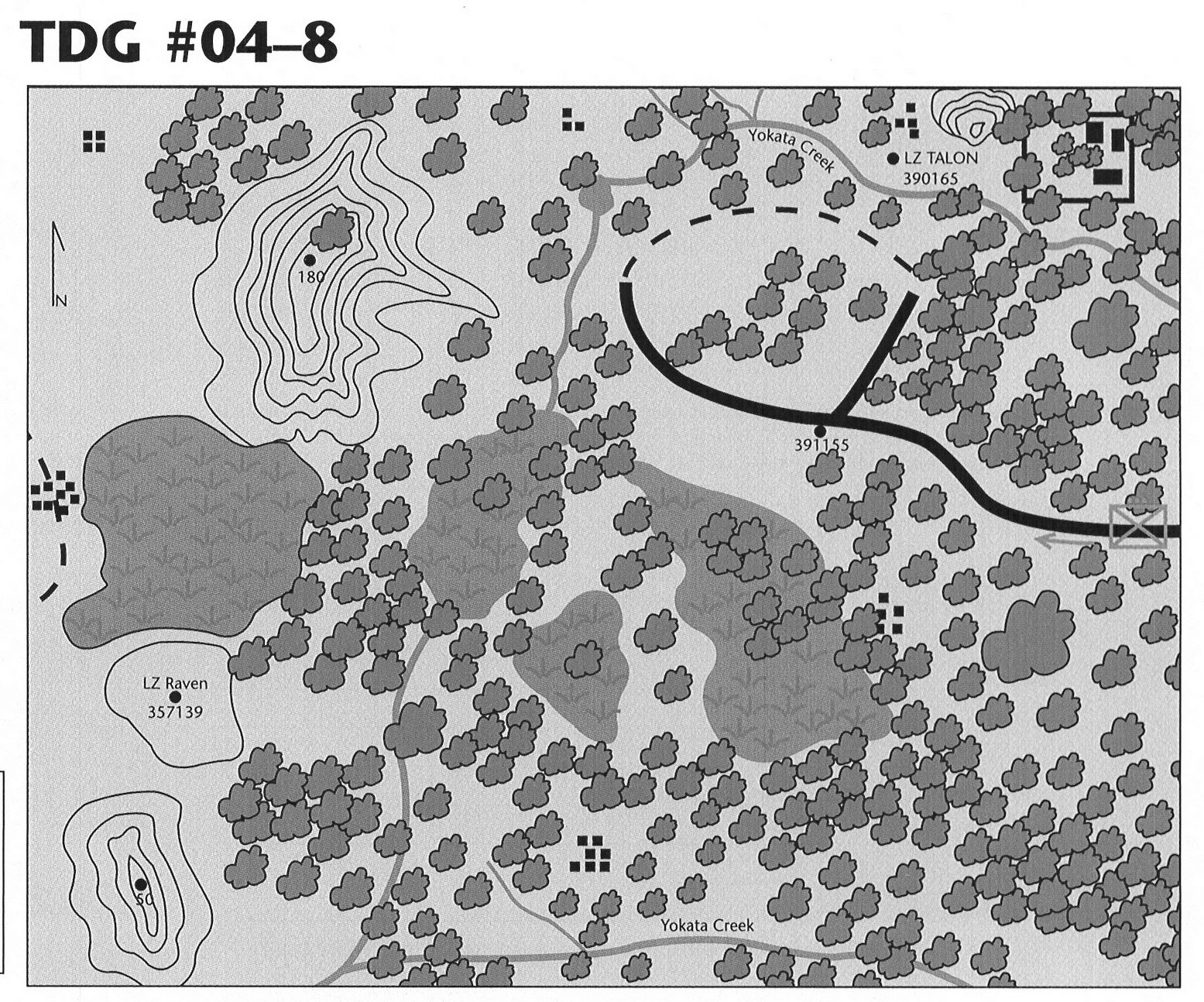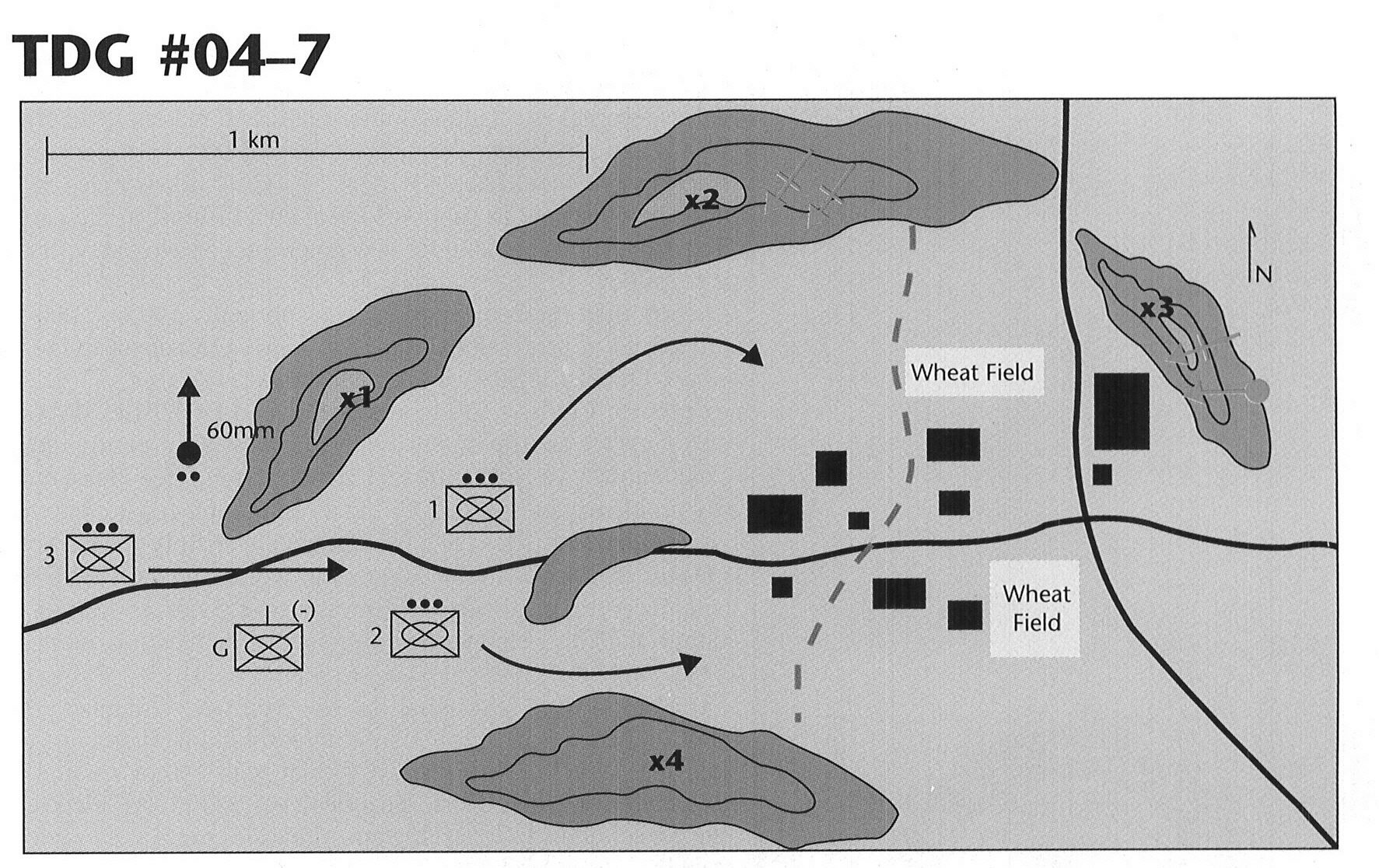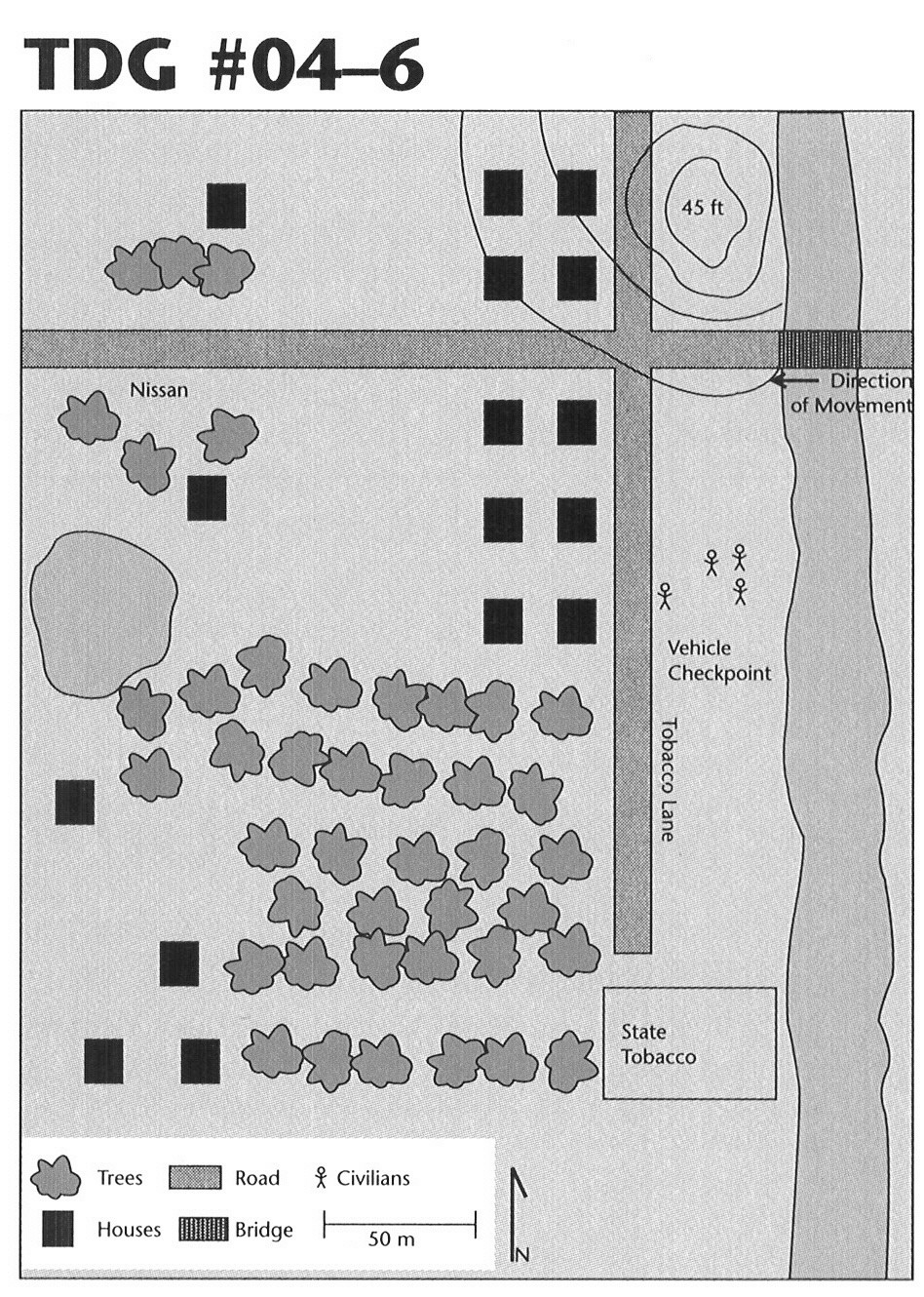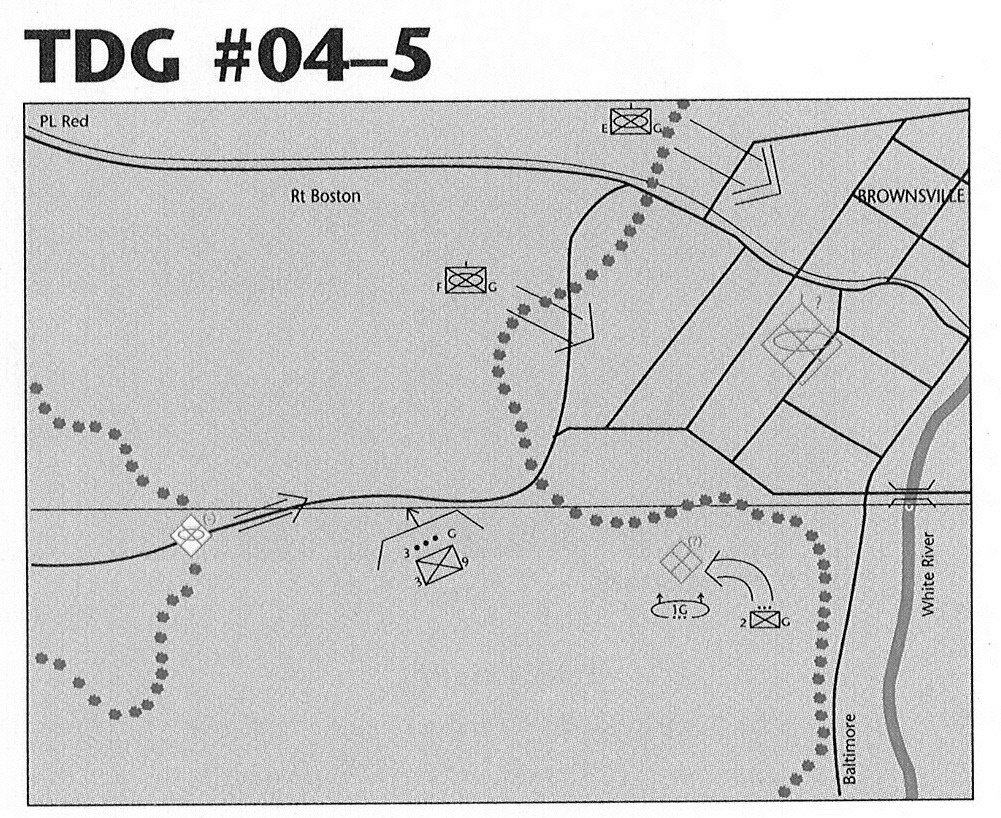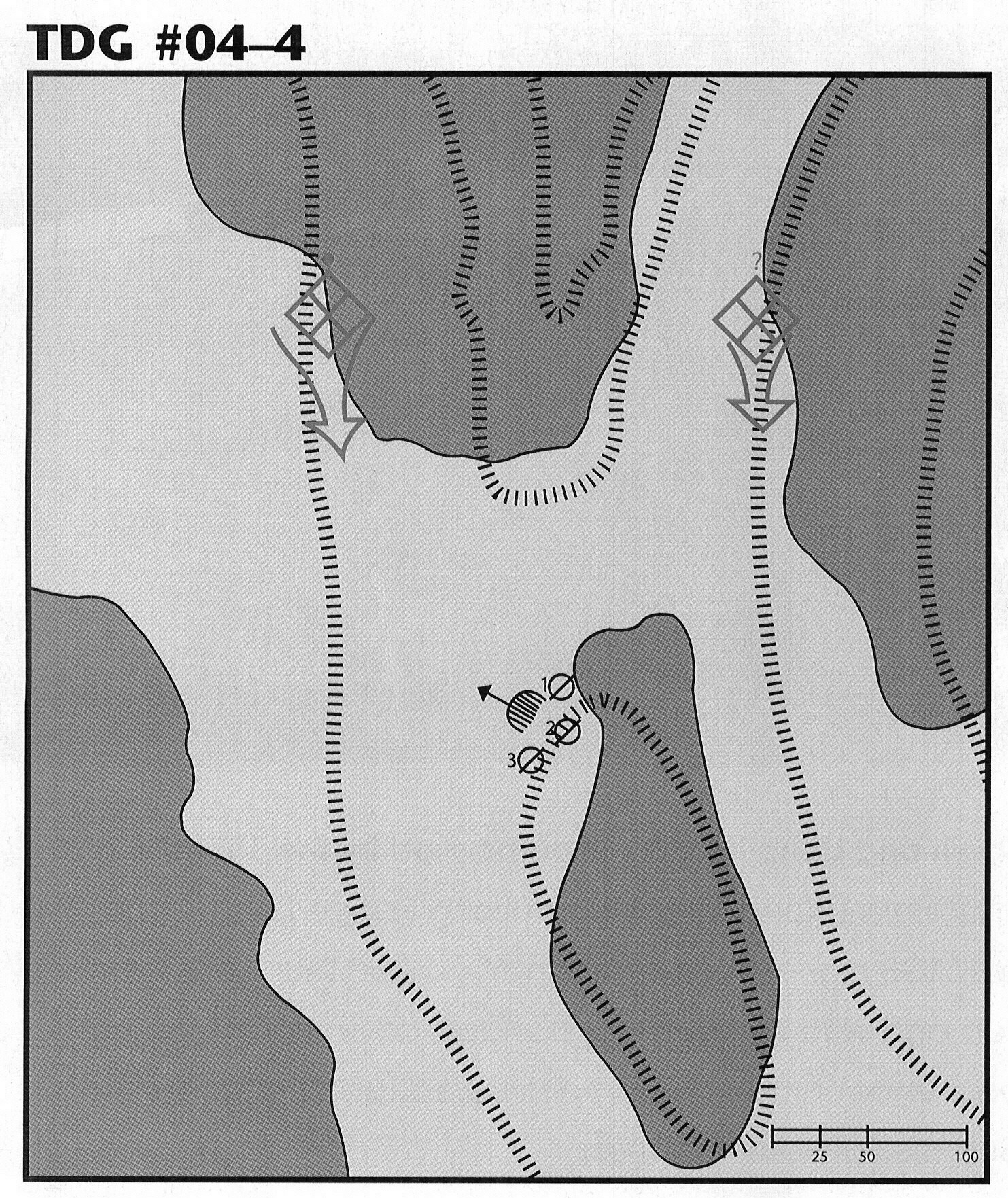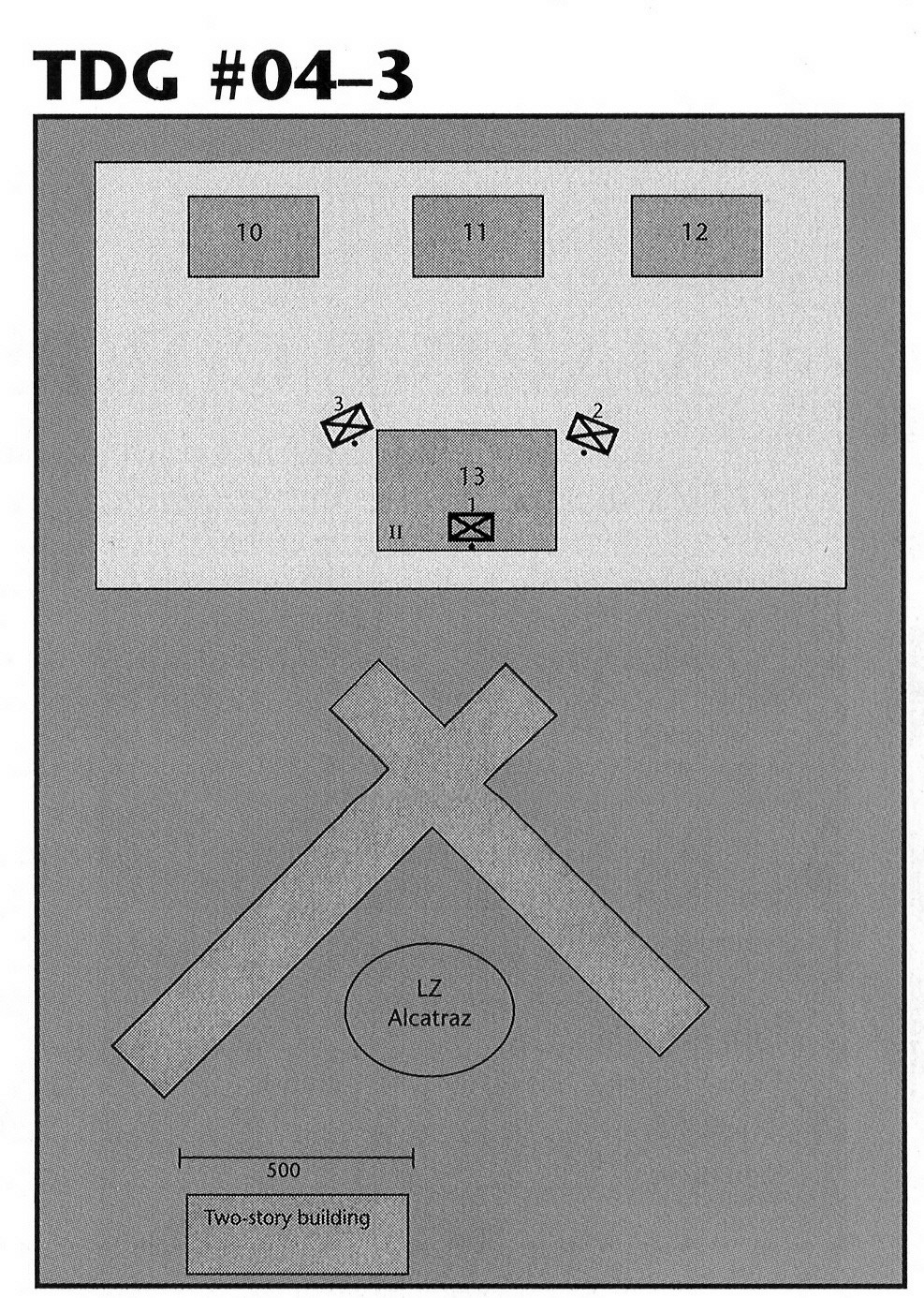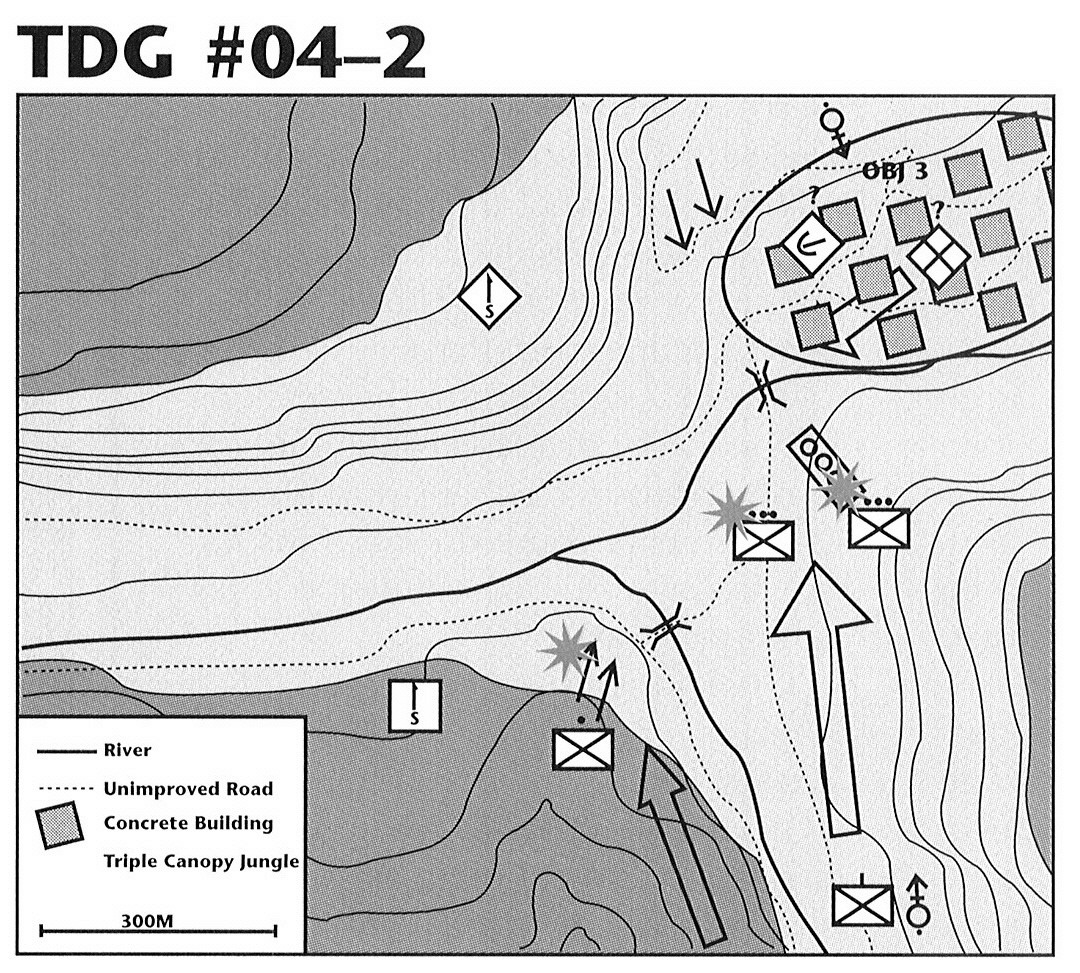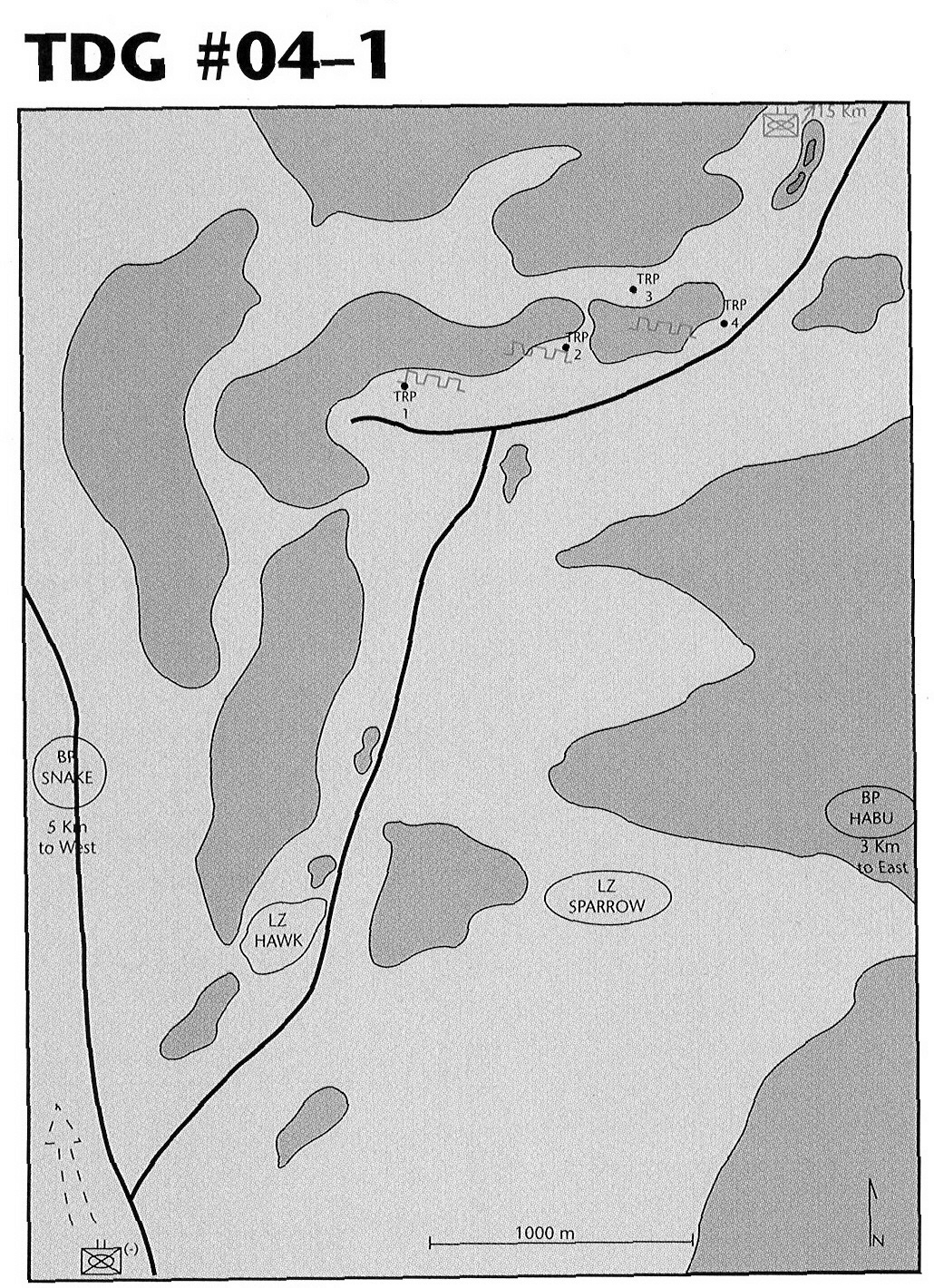By William S. Lind
Recent talks with Marine units on both the east and west coasts suggest few Marines have read, or even seen, the new ECP 9-5, Marine Amphibious Brigade Mechanized and Countermechanized Operations. This is unfortunate, because ECP 9-5 is an important document.
The new ECP marks a major step along the road toward maneuver doctrine. Not only does it state many of the concepts of maneuver warfare in clear and comprehensible terms, it relates them to tactical problems Marines often face. It should be “must” reading for any Marine with an interest in tactics.
A good example of the ECP‘s grasp of maneuver warfare is its discussion of battlefield chaos:
Chaos on the battlefield is the rule, not the exception. The commander must, therefore, anticipate it and be more prepared than his opponent to maneuver in spite of it. By doing so, he will make that inevitable chaos more disruptive to his opponent’s force than to his own.
This touches directly on the essence of maneuver warfare: the realization that conflict brings uncertainty and change, and that winning means adapting to and shaping that uncertainty and change. Agility in thinking and acting is the key to success; tactical patterns and formulas are paths to failure.
Some commanders might attempt to deal with the chaos of the battlefield by more dependence on high technology C^sup 3^, more centralized control, more elaborately detailed plans and orders. Such an approach would be self-contradictory. Elaborate orders and centralized control are attempts to eliminate uncertainty, when the problem is that uncertainty is inevitable, As ECP 9-5 states, the right answer is mission order tactics: giving subordinates wide latitude to act independently within the commander’s intent as uncertainty and change alter the situation facing their units.
The ECP is equally good in some recommendations of techniques. Among the more useful suggestions:
* “When the MAB conducts independent operations, maintain a mobile sea base to reduce (or eliminate) the requirement for a force beachhead.” A logistics base ashore is both a military and a political liability. Militarily, since you have to defend it, it gives the opponent a “nose” he can grab you by to “kick you in the tail”-a device to fix your attention, a place where he can force you to fight on his terms. Jeffrey Record discusses the political disadvantages in his recent study, The Rapid Deployment Force:
The ultimate loser in a Third World conflict will be the party that succeeds in arousing the local nationalism most strongly against itself. For forces from outside the local area, this will tend to be the party which has the highest profile; for most locals, to see the outsider is to dislike him.
* ”Emphasize the use of key officers on radio nets during the assault. By using the air liaison officers (ALOs), artillery LnOs and S-2s on their respective radio nets, message brevity can be achieved (the change from current doctrine is noted and considered essential).” Too often, American units fill the ether with chatter, much of it unnecessary by the standards of other armies. Radio traffic creates vulnerability to detection and disruption. The less the traffic, the more likely the necessary messages will get through.
* “During offensive mechanized operations, a large portion of the total force (25%-33%) should be employed as combat reconnaissance.” Success depends on knowing where the enemy’s tactical strength is and going where it isn’t-throwing strength against weakness. A few reconnaissance teams deep behind enemy lines won’t tell you all you need to know. Substantial assets must be used to create an effective reconnaissance screen.
These and other techniques recommended by the manual can be of great assistance, and the authors are to be congratulated for some very thoughtful work.
Unfortunately, ECP 9-5 also has some flaws. Most dangerous is its tendency to give tactical recipes and formulas for maneuver warfare. As the exponents of maneuver doctrine have repeatedly stated, maneuver warfare is not a replacement formula, but a replacement for formulas. The ECP itself says as much:
the avoidance of stereotyped operations has (an) . . . advantage. The enemy who must face the possibility of night and day attacks, raids, and rapid thrusts from any direction will be much easier to deal with than one who can predict our actions by simply reading our field manuals or identifying terrain features on a map.
Yet ECP 9-5 offers precisely the sort of recipes it says we must avoid. Right at the start (p.2) it says:
Our objective must be the deliberate breakdown of the enemy’s ability to function as a total force. In order for our forces to achieve this objective, clear priorities of engagement must be established.
(1) A high priority should be given to the enemy’s air defense units . . .
(2) Our second priority should be given to the engagement of enemy command and control elements . . .
(3) A third priority of engagement should be to separate the enemy’s infantry from his tanks . . .
(4) The final priority established should be attacks on the enemy’s CSS elements . . .
This prescription has several fundamental deficiencies:
* First and foremost, it enables the enemy to “predict our actions by simply reading our field manuals.”
* Second, because it aspires to be universal, it will often be inappropriate. Priorities of engagement must be derived from the specific vulnerabilities of the specific opponent in the specific time and place. For example, if we believe the enemy commander is incompetent, do we want to destroy his command and control, or should we seek to preserve it? If our enemy relies heavily on his artillery, do we make its disruption a lower priority than separating his infantry from his tanks?
* Third, at least one of the tasks is open to question. The focus on destroying enemy air defenses in effect reverses the traditional roles or air and ground. Now, in the heat of their own battle, the ground forces are to divert effort to support the air-indeed, they are to make such action their first priority.
Even if this proves feasible-which seems unlikely, given the many tasks already facing the ground units and the difficulty in locating and targeting many of the enemy’s air defense weapons-it suggests the “cavalry portee syndrome.” In the 1920s and 30s, the horse cavalty, desperate to prolong its own existence, came up with a new approach: move the horses around in trucks. Someone finally realized this obviated the need for the horses. If the aircraft wing must be supported by the ground forces instead of providing them with support, is it time to raise some questions about the viability of close air support?
* Fourth, in jumping directly from the goal of destroying the enemy’s cohesion to a list of target priorities, ECP 9-5 forgets the central point of maneuver warfare: maneuver! The ECP falls right back into a firepower mentality-a more sophisticated version than the “blow away everything” approach of pure firepower/attrition doctrine, but a firepower mentality just the same. In maneuver warfare, maneuver is itself the prime tool for destroying the enemy’s cohesion: maneuver to create unexpected and dangerous situations more rapidly than the enemy can cope with them. Firepower is very important, but it must be integrated with the scheme of maneuver, and it must support and facilitate that scheme.
The authors of the ECP do qualify their formula later in the manual, stating that “the model . . . is intended as a vehicle for understanding, not as a stereotype for future planning.” Unfortunately, this single statement may not be enough to prevent their model from being used as a recipe. Those who understand maneuver warfare-as I am certain the authors do-must write so their advice cannot be read as a “cookbook.”
As noted earlier, the ECP does well in emphasizing the importance of mission order tactics in maneuver warfare. But it fails to discuss several other important concepts, including:
* Surfaces and gaps. The purpose of the reconnaissance screen is to find surfaces-where the enemy is-and gaps-where he isn’t. The object of the following combat units is to go through the gaps, rolling out behind the surfaces to pocket them and collapse them from the rear.
* Recon pull. If we are to throw strength against weakness, our axis of advance must shift constantly in response to the discovery by the reconnaissance screen of surfaces and gaps. This “recon pull” approach stands in opposition to “command push” tactics, in which the axis of advance is determined before the start of the attack and then maintained regardless of whether the attacking force hits a gap or a surface.
* Combined arms, as opposed to supporting arms. I suggest defining combined arms as hitting the enemy with two or more arms simultaneously in such a way that the actions he must take to avoid one make him more vulnerable to another. It is much more disruptive to the enemy’s cohesion than supporting arms, which can be defined as arms applied in sequence or, if simultaneously, then in such a way that actions taken to defend against one are complementary to actions to defend from the others.
These concepts, along with many discussed in the ECP, are helpful in understanding and practicing maneuver warfare. But there is another, even more useful (and more difficult) concept we must come to terms with: operations.
The ECP is titled “. . . Mechanized and Countermechanized Operations,” but it is in fact a discussion of tactics. To a German or a Soviet, operations, or “the operational art,” is something quite different from tactics.
The operational art is hard to define. One common definition is that operations are actions by a corps or by several corps. However, I would offer another definition, one more relevant to Marines: the operational art is the use of tactical engagements to strike directly at the enemy’s strategic center of gravity.
If we have no concept of the operational art, tactics relate only in a cumulative fashion to achieving the strategic goal: every successful engagement adds to the gradual dissolution of the enemy’s strength. Unfortunately, even if our tactics reflect maneuver warfare, this puts us back into an attrition contest on a higher level. We are still trying to grind the enemy down, battle by battle.
Operations, on the other hand, focus beyond the battle. An operational success is an engagement (not always tactically successful) which plays a decisive role in overturning the enemy’s whole system, one which strikes not at his limbs (units), but at his strategic brain (overall military or political cohesion) or heart (will).
Some examples may help us grasp this rather slippery concept. The abduction by German commandoes of the Regent of Hungary, Adm Horthy, in 1944 was tactically brilliant. But more important, it was an operational success: Horthy had been planning to change sides, and his kidnapping kept the Hungarian army fighting on the side of Germany for a while longer.
Guderian’s Panzers were tactically successful in crossing northern France in 1940, just as other German forces were tactically successful punching through the Allied forces in Belgium and Holland. But Guderian’s thrust was also an operational success, because it shattered the French Army’s cohesion and will. By the time Guderian reached the Channel, his tactical strength was not very great. But that was irrelevant to his operational victory.
The Soviet Army is today a tank army operationally, but it is an artillery army tactically.
The Tet offensive was a tactical defeat for North Vietnam, but an operational victory, in that it overturned the American strategy of convincing the homefront that the war would soon be over.
Cannae was perhaps the greatest tactical victory in all history, but it was not a success operationally; Rome continued to fight.
The point is that tactics and operations are qualitatively different. Success on the tactical level often does not bring operational success; operational success can sometimes (though not often) be won despite tactical failure.
Maneuver warfare must focus on the operational art or we will find ourselves still engaged in an attrition contest. But before we can focus on it, we must understand what it is. Is it perhaps time for an ECP on operations?
